Given those experiences, I was more concerned about how Japanese theme parks would feel. While the U.S. Disney and Universal parks certainly offer excitement, there's also a degree of "comfort food" to my trips there. Maybe I sound completely ridiculous, but going to the American locations of these parks can be like visiting old friends. I was unsure exactly how I'd feel about my old friends speaking, or singing, a new language. What we discovered was that it was a little weird, often hilarious and usually wonderful.
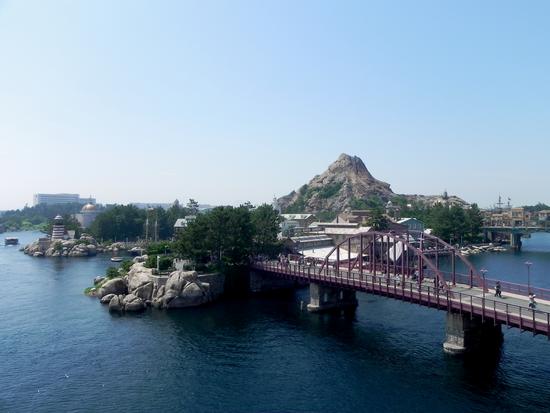
Basic Navigation
Getting around the parks is no problem for those who read English. Both parks at the Tokyo Disney Resort offer maps and time guides in English, which were handed to us upon retrieving our multi-day pass (more English maps and guides were available at Guest Services at each park). We also were handed an English map at Universal Studios Japan in Osaka, and parade/show times were posted in English in a few areas around the park. As far as attractions and restaurants go, most have dominant English language signage, sometimes with a Japanese translation underneath. In order to make areas such as Tokyo DisneySea's American Waterfront feel authentic, the signs are all in English. This means the subtle wordplay found on the land's fake advertisements is lost on most park visitors, although it shows how dedicated Japan's Disney parks are to theming.
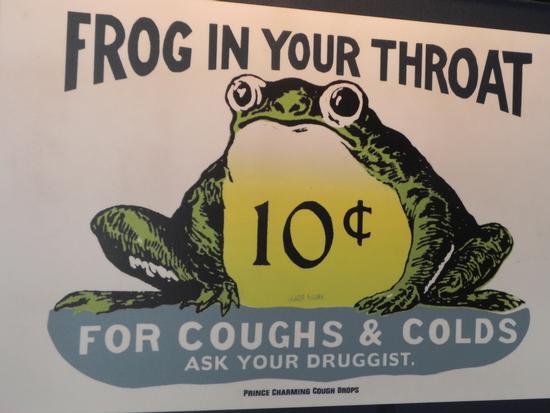
Learn a Little
English will get you around, but it helps to learn a few Japanese phrases before visiting. In order to communicate basic things not just with park employees but also with Japanese visitors, I would recommend learning at least the different forms of greeting ("Ohayo gozaimasu," "Konnichiwa" and "Konbanwa" – depending on the time of day), thank you very much ("Arigato gozaimasu") and excuse me/I'm sorry ("Sumimasen"). If you have the time, aptitude and/or interest, more phrases would come in handy. Throughout our trip, most Japanese were positively tickled that we were making the smallest of efforts and we felt similarly when they would do their best to reciprocate in English. It's amazing that you can have a heart-warming exchange while simply ordering lunch.
Food
The restaurants – whether snack stands, counter service or table service – at Universal and Disney in Japan couldn't be easier to use. All signage is in Japanese and English. Just about everything has a picture and, in some instances, the establishments have plastic food displays to show you what you'll be paying for (something you'll see in restaurants throughout Japan – mmm … plastic sushi). Speak slowly and don't hesitate to point to what you want; most food service cast members/workers made sure that we were getting exactly what we were asking for.
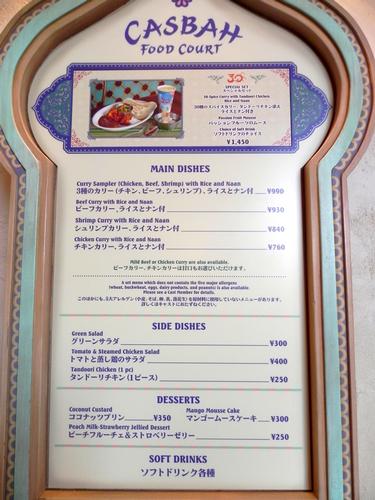
Cast Members
Many cast members at the Disney parks spoke enough English to communicate the normal duties of their jobs. If we had a question or problem that required a better command of the language, they were happy to find another cast member with more English language knowledge. In our experience, this was rarely required, and hand gestures along with a friendly smile seemed to do the trick. During our visit, we needed to stop in the Central First Aid location at Tokyo DisneySea with an extremely minor health issue. Our fears that we might not be understood were alleviated the moment the welcoming cast members placed a portable electronic translator on the desk. It was good to know that if we had needed help with an emergency, the language barrier would not have been a hindrance.
Because Osaka's Universal park appears to see fewer international visitors, English was not quite as commonly spoken by park workers. That is how we accidentally ended up with a reserved ticket for the "backdrop" version of Hollywood Dream (a happy accident; we just thought we were getting on the forward-moving version of the coaster). On the other hand, because of the lack of foreign visitors, we instantly became a little more "special," with workers handing us freebies and going out of their way to make sure we were enjoying our time at USJ.
Attractions
As I said earlier, amidst the excitement of preparing to visit the Japanese parks, there was a small, irritating voice in the recesses of my brain screaming, "But you're not going to understand anything!" Regardless of how I felt about that, it didn't even turn out to be true. Although many rides contained solely Japanese narration or dialogue (The Amazing Adventures of Spider-Man, 20,000 Leagues Under the Sea, Monsters Inc. Ride & Go Seek), others contained a mixture of Japanese and English.
The Country Bears Vacation Jamboree was sung in a mixture of both languages – and yes, "Achy, Breaky Heart" is just as cloying in Japanese. The Haunted Mansion featured Japanese narration, but Madame Leota and Little Leota spoke English, as did the ghouls howling "Grim, Grinning Ghosts." As for "The Little Mermaid" musical show in the Mermaid Lagoon Theater, all of the songs were in English with the dialogue in Japanese. Meanwhile, all of the scallywags sacking the Spanish Main sang and spoke English in Pirates of the Caribbean.
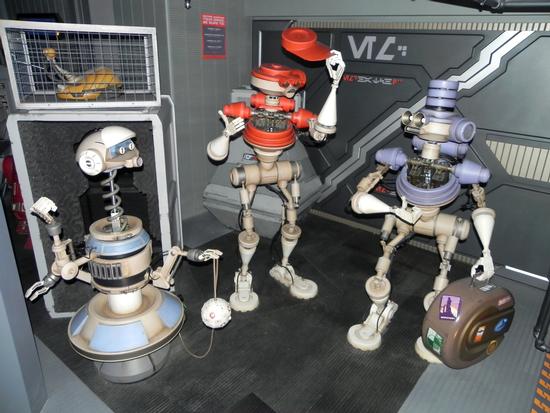
Although most attraction plots are comprehensible in any language, for some that were completely in Japanese, I was glad that I had experienced them in English before. Hearing Darth Vader bellow in Japanese on Star Tours: The Adventures Continue is unique, but I'm happy I heard the James Earl Jones version first. I feel the same way about Japanese-only narration on Universal's Jaws (although the Japanese skipper was the most animated one I'd ever encountered) and Disney's Jungle Cruise. Although, if you know the latter's spiel well enough, you can recite the corny one-liners in your head. (As far as the Jungle Cruise goes, that is sure to change, given the renovation plans for the Tokyo Disneyland version of this Disney classic.)
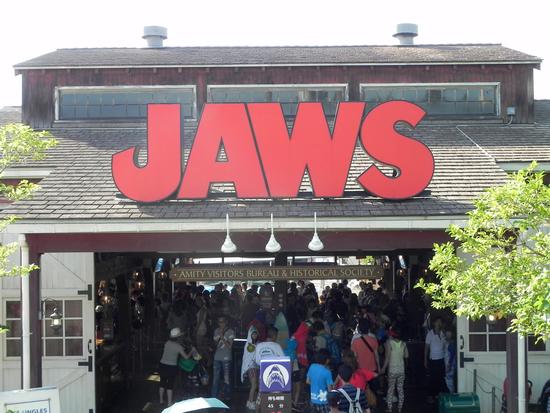
Of course, the Tigger song might be even funnier in Japanese – or maybe the bouncing effect on the stunning Pooh's Hunny Hunt just makes everything better. One of my favorite rides in all of the parks was USJ's Space Fantasy indoor roller coaster, and I had next-to-no idea what was happening as we zipped around the universe. Whatever you say, space princess, wheeeee …
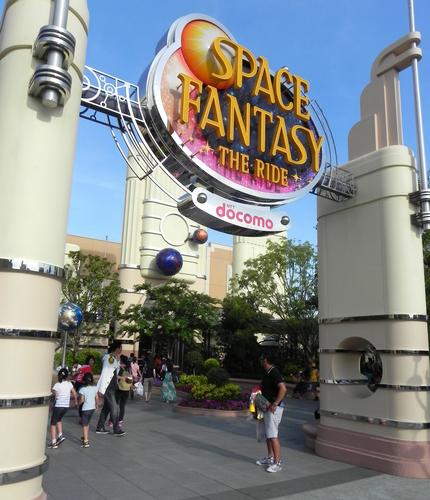
And then there was a ride with an orientation film in which neither Japanese nor English were spoken. Because Indiana Jones Adventure: Temple of the Crystal Skull is set in an Aztec temple in South America, our guide is the Spanish-speaking Paco (who sort of looks like Jack Black's non-union Mexican equivalent). We weren't totally in the dark – the video is subtitled in English and Japanese as Paco bids us, "Adios!"
(OK, quick side note about Indy. I am a total dork who, when the opportunity presents itself, likes to "drive" on the ride. I can't help myself. I turn into a 9-year-old. So, during one of our spins on Crystal Skull, my wife realized that the Japanese couple next to us had noticed my "driving" and were roaring with laughter as the sight of the silly American. As we pulled in to unload, we were all laughing at my antics, the woman mimicking what I had done, and sharing a moment of enjoyment even though we didn't share a language. It's a theme park moment I'm sure I'll never forget.)
Translation
In three instances at the Disney parks, attractions provide foreigners with a handheld screen that translates the Japanese into English or Chinese. At the Magic Lamp Theater and Mermaid Lagoon Theater at DisneySea and the Enchanted Tiki Room: Stitch Presents Aloha e Komo Mai! at Disneyland, you can request this subtitle screen when you join the queue. The devices lagged just a bit, but performed well. In the cases of the Magic Lamp and Stitch, we enjoyed the dialogue-heavy shows a little more for knowing exactly what was going on.
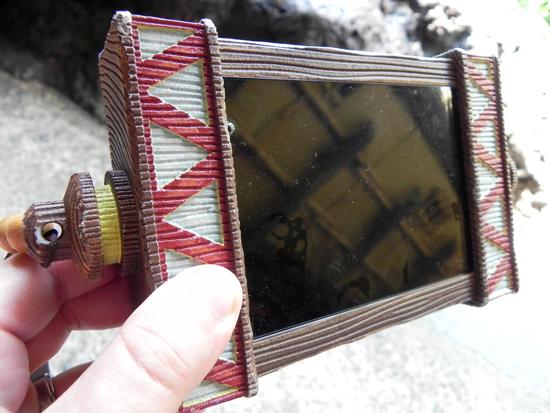
Two other DisneySea attractions offer a different sort of English enhancement: souvenir fliers written in English. When we queued up for Sindbad's Storybook Voyage, a cast member raced to grab a couple of these small but colorful pieces of paper that listed the English lyrics to Alan Menken's "Compass of Your Heart" – the theme that plays throughout this exuberant musical dark ride. Another intricately designed sheet was available at the entrance to the Tower of Terror, which explained the backstory that was recited by the ride's "tour guides" before the pre-show.
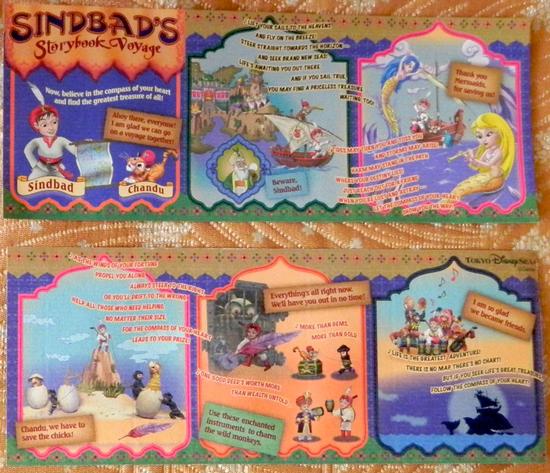
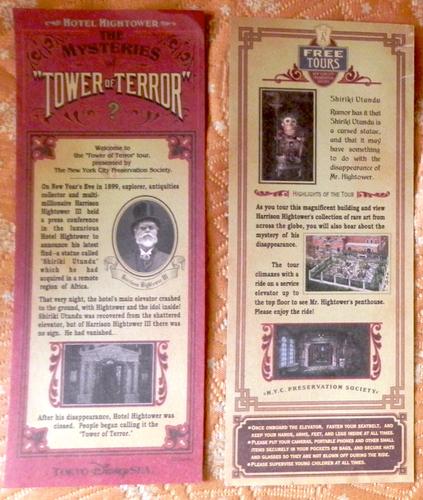
The sole instance where the language barrier proved an insurmountable impediment was at DisneySea's Fortress Explorations (a free-roaming area that's sort of like Tom Sawyer Island for the Renaissance). Although there are English-language maps for the attraction, the Fortress's scavenger hunt game is only presented in a Japanese booklet. Oh well. I really can't complain if that's the one thing in three parks that we couldn't do because we didn't know Japanese.
Characters
OK, so occasionally there are confused moments or misunderstandings because you are almost completely surrounded by people who don't speak your language. The trade-off is that, because these Japanese parks see relatively few foreign visitors, many of the walk-around characters are as excited to take a picture with you as you are with them. Seriously.
At the Disney parks, characters were all-too eager to goof (pun intended) around with us. Maybe it was because we were a little less reserved than the average Japanese visitor (although we saw some pretty excited guests during our time there) or maybe it was because we were a little extra thrilled to see characters that are not commonplace in the U.S. parks (Scrooge McDuck, Abu from "Aladdin," Bernard and Bianca from "The Rescuers," Max from "Goof Troop"). No matter – it's great to discover that a handshake, high-five or hug is the same in any language.
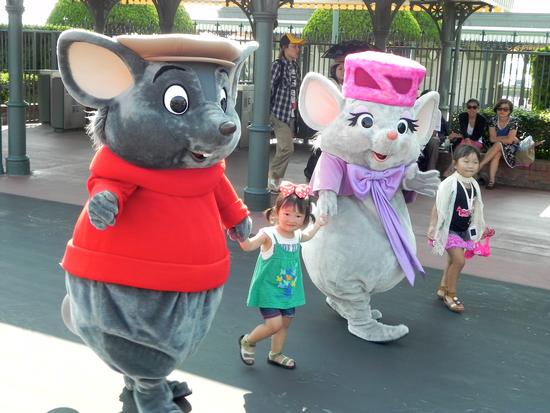
Universal took it to a whole different level. Bert and Ernie, who had been taking pictures with guests separately, decided that they needed to both be in a picture with my wife and me. We didn't request this, but were happy to accept. Visitors who had to wait a little longer didn't get upset and politely offered to take our picture with the Sesame Street residents (and we gestured to do the same after our picture). Almost exactly the same thing happened with Charlie Brown and Lucy, although Lucy seemed less agreeable (not sure if she was in character or honestly annoyed with Chuck's insistent prodding). I can only imagine how much more boisterous the characters might become in the presence of an English-speaking kid, and not just us kids-at-heart.
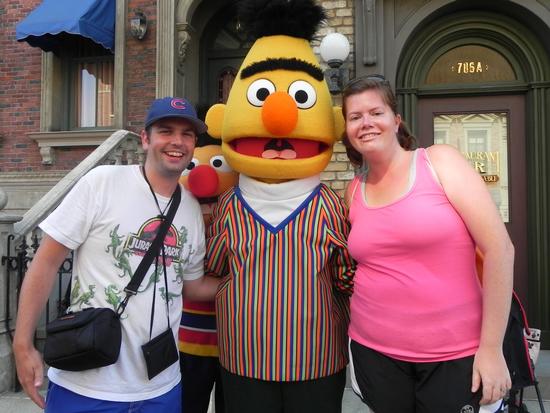
Regardless, the character interactions were bizarre, fantastic and unforgettable … which could describe the entirety of our experience as English speakers in Tokyo Disney Resort and Universal Studios Japan. All I can offer is a heartfelt "arigato gozaimasu."
Tweet
When my train got back, I decided to say something in Spanish back to the CMs in the load station (thanks, have a nice day, or something like that), and, of course, they looked at me as if I were speaking Martian. Good times.
@24.144... We visited in early July, right before the summer "busy season" begins (when most Japanese schools go on break). For shoulder season, it was comparable to the U.S. parks. That said, some Fastpasses and show tickets were still hard to come by (something I wrote about for TPI: http://www.themeparkinsider.com/flume/201308/3624/)
@Robert - Funny stuff. That reminds me of when we were in line for Raging Spirits. A group of Japanese teenagers in front of us were repeatedly using "Adios" as a greeting for anyone they saw and laughing themselves silly.
Enzo Buscemi
Now I know they speak Spanish in the Indy ride and in that surrounding area in DisneySea. Who knew?! As someone who speaks fluent Spanish, it sure is going to be crazy to hear Spanish in a Disney theme park in Japan!
on another note, i can speak cantonese so it was nice to be able to understand and experience hk disneyland in cantonese.
i can't wait for shanghai disney. too bad i can't speak/understand mandarin. that should be an interesting theme park visit.
This article has been archived and is no longer accepting comments.